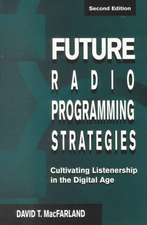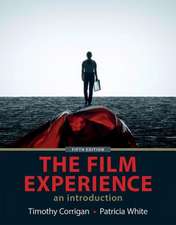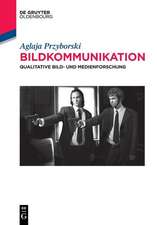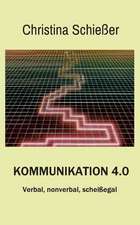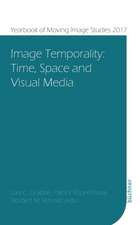Contemporary Radio Programming Strategies: Routledge Library Editions: Radio
Autor David T. MacFarlanden Limba Engleză Paperback – 10 apr 2018
| Toate formatele și edițiile | Preț | Express |
|---|---|---|
| Paperback (1) | 304.90 lei 6-8 săpt. | |
| Taylor & Francis – 10 apr 2018 | 304.90 lei 6-8 săpt. | |
| Hardback (1) | 764.20 lei 6-8 săpt. | |
| Taylor & Francis – 23 sep 2016 | 764.20 lei 6-8 săpt. |
Preț: 304.90 lei
Nou
Puncte Express: 457
Preț estimativ în valută:
58.36€ • 63.41$ • 49.05£
58.36€ • 63.41$ • 49.05£
Carte tipărită la comandă
Livrare economică 21 aprilie-05 mai
Preluare comenzi: 021 569.72.76
Specificații
ISBN-13: 9781138215672
ISBN-10: 1138215678
Pagini: 228
Dimensiuni: 156 x 234 x 12 mm
Greutate: 0.34 kg
Ediția:1
Editura: Taylor & Francis
Colecția Routledge
Seria Routledge Library Editions: Radio
Locul publicării:Oxford, United Kingdom
ISBN-10: 1138215678
Pagini: 228
Dimensiuni: 156 x 234 x 12 mm
Greutate: 0.34 kg
Ediția:1
Editura: Taylor & Francis
Colecția Routledge
Seria Routledge Library Editions: Radio
Locul publicării:Oxford, United Kingdom
Public țintă
Postgraduate and UndergraduateCuprins
1. An Overview of the Book Part 1. Radio’s Arena, Attributes and Audiences 2. Radio’s Arena 3. Radio’s Attributes 4. What Radio Audiences Want Part 2. Formats, Soundscapes and Voices 5. Format Structure and Management 6. The Structure and Appeal of Acoustic Space 7. Air Personality: the Structure of Spoken Gesture Part 3. Music Programming 8. The Appeals of Radio Music 9. Music Moods Research 10. The Components of a Mood-Evoking Music Progression 11. Factors in MOST – Mood-Oriented Selection Testing 12. Factors in MEMO – Mood-Evoking Music Order 13. Toward MERIT
Descriere
This book, first published in 1990, offers an in-depth analysis of the ‘fundamental beliefs’ of radio. This refers to the common understanding of what the radio enterprise is – and should be – about: entertainment and information. A major thrust of this book is to arrive at a set of fundamental beliefs about the values and the realities of the radio business in regard to entertainment programming – a set of beliefs that may or may not be right, or forever, but that might at least provide a basis for developing programming strategies. Most other books on radio programming describe the formats and programming that already exist. This one starts with a clean sheet of paper and the question ‘What do listeners really want from radio?’m






